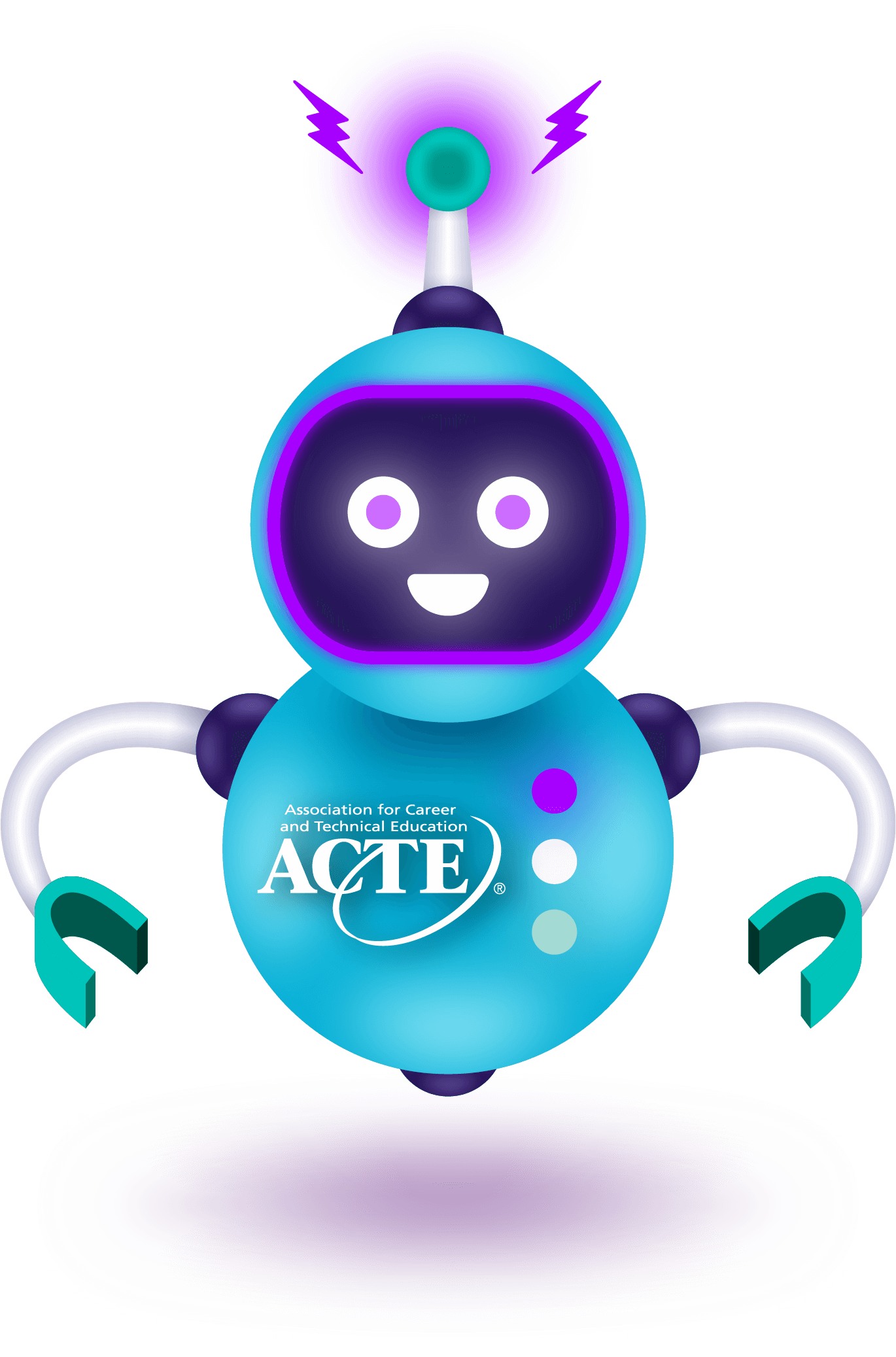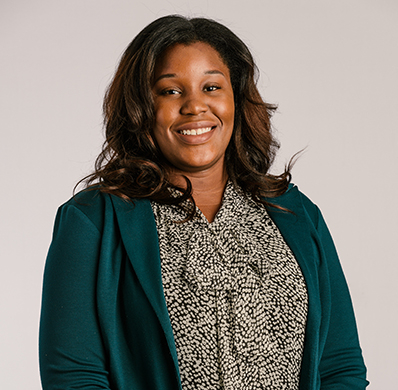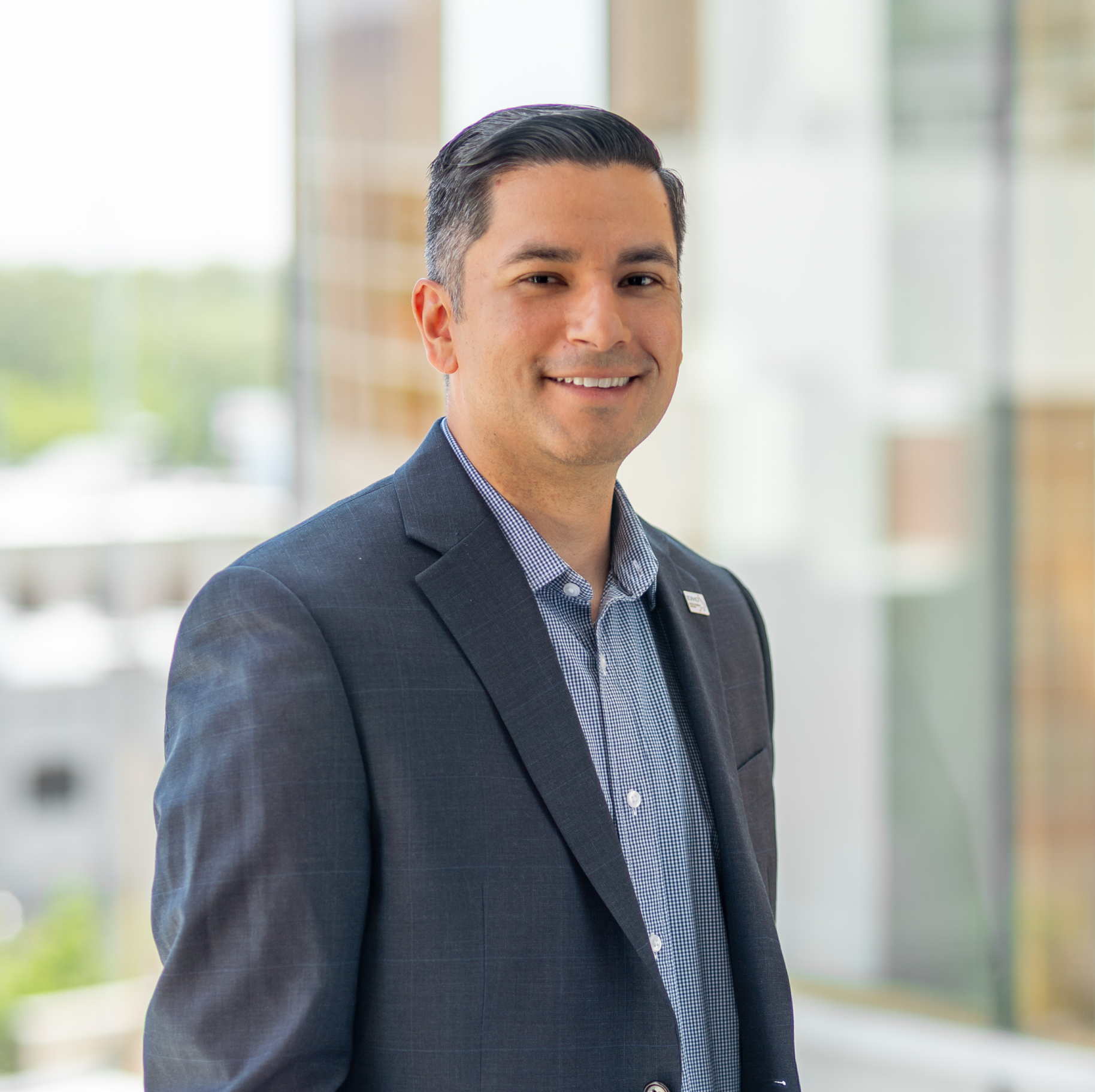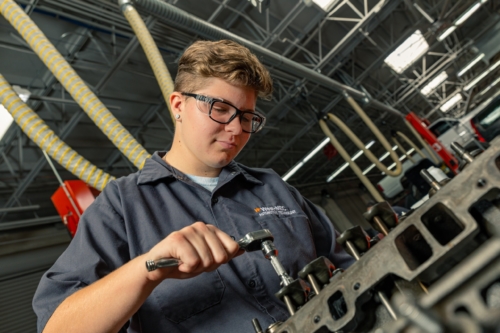Inspiration: Where in our hearts and minds is it generated? Writers, artists and other creators have long argued that inspiration is a crucial motivator of creativity. Over the past decade, scientists have tested and found strong support for these claims.
As educators, we know that to be true. When we allow our students the ability to create, they find inspiration.
Educators who employ inquiry-based science investigations must create positive and supportive classroom environments. Students must feel free to “take risks,” make mistakes and ask questions. Students need to learn to “think like scientists,” realizing that their investigations and predictions sometimes fail, and that failure informs learning, sometimes more so than successes. This responsibility helps students feel invested, with more autonomy over their science investigation.
What does the classroom environment look like? Maybe chaos.
Students work in groups. They consult research or read. The work they are doing is purposeful. The classroom environment creates a community of learners who work together to achieve common goals while remaining individuals (Kohn, 2006). Great teachers work to achieve this environment, inspiring career and technical education (CTE) students to greatness.
Who inspires CTE teachers?
What motivates great teachers to stay? When we hear directly from students who share how a teacher inspired them to achieve, succeed. Stories from students are what teachers value in our profession — our intrinsic paycheck.; our driver each morning as we start a class.
But what about teachers who inspire other teachers? Often, educators have seen a lesson or project and are inspired to try something similar. Educators collaborate. We share ideas and lift each other up, inspiring each other to change student lives. Some of those stories are shared here.
A great student with a big need
 A few years ago, I worked with many students in need — one in particular, a standout basketball player. His skills on the court helped him to attain a scholarship. Imagine the joy his parents must have felt, the first to graduate and the first to go to college.
A few years ago, I worked with many students in need — one in particular, a standout basketball player. His skills on the court helped him to attain a scholarship. Imagine the joy his parents must have felt, the first to graduate and the first to go to college.
My smile grows as I play this scene in my mind.
On the last day with seniors, we talked, and I told him that my cheers would be the loudest in the crowd. His reply shocked me; he said he was not going to walk at graduation.
“Why?”
He looked away for a bit and then looked back at me and said, “The ceremony requires dress pants and shoes. I do not have any that fit. That’s why I always wear shorts.”
“No, no. Don’t worry. I will get you pants and shoes for graduation. You will walk on that stage for sure!”
His face lit up, and he gave me his suit measurements and shoe size. This young man stood over seven feet tall, and … who knew that shoes could be that large?!
Full of confidence, I made phone calls, contacted tailors and visited big and tall shops at the mall. His size was rare and my task was proving to be difficult. I felt horrible. I began to worry that I had boldly made a promise to this student that I would not find a way to fulfill.
Your perseverance makes a difference.
Our DECA chapter had tickets to the NBA basketball game that night, but I was not in the mood. I was busy stressing over my promise. At the game, there I sat — unenthused, trying to problem solve.
Where in the world could I get pants and shoes that big in four days?
Often the answer is right in front of your face… and there it was: on the court.
The very next day, I called Arizona’s local NBA team, the Phoenix Suns. I explained the dilemma, and they said they wanted to help. A member of the Phoenix Suns basketball team ultimately donated a full suit, shoes, a shirt, socks, tie and an autographed basketball for my student. The look on his face when he saw the gifts was priceless. And he walked across that stage, never looking better.
Teachers, we are inspiring because we never give up. We are not afraid to reach out to ask for help.
Marketing students built a house.
My students wanted to make a difference. So, during class, we started brainstorming ways to help the local community. One student yelled, “Let’s build a house.” I laughed. We were in marketing class!
I didn’t know how building a house could align with the marketing curriculum, but the idea stuck with them. When teachers get stuck, we seek help. I shared the idea with a few other teachers. Then it took off.  What started as a classroom discussion, became a cross-curricular project! We ended up building that house.
What started as a classroom discussion, became a cross-curricular project! We ended up building that house.
We partnered with the building trades program at a sister school and planned to approach Habitat for Humanity to determine if the idea was viable. Habitat for Humanity was very supportive. Then the project grew! Another sister school had a turf management program, and they wanted to landscape the house. The welding program wanted to create a fence around the home. My students wanted to do the interior design of the home and painting, so we met the family and talked to them about their ideas and our ideas. It all came together!
How do marketing students build a house?
They wrote sponsorship letters to get supplies donated for the project and planned a ribbon-cutting ceremony for the family with the mayor and local dignitaries. Marketing students also wrote press releases to promote the event. It was a terrific experience!
Creative, motivated students took on this life-changing experience, with unwavering support from inspiring teachers who realized the spirit and inspiration of students to make a real difference in the neighborhood. We built a house!
Deb Moore and Kevin English will facilitate a session at ACTE’s CareerTech Virtual VISION. Hear about the great things teachers are doing to engage students. Leave the event inspired to try new ideas!




 simply to help students, of any age, obtain their career objectives.” says synED President Scott Young.
simply to help students, of any age, obtain their career objectives.” says synED President Scott Young. Dragone has expanded partnerships and programming for underserved adults in downtown Albany at the Capital South Campus Center – including a new high-tech Internet of Things Technology Demonstration Center. He regularly meets with state lawmakers, business partners and regional leaders to discuss issues affecting BOCES programs across the state and to advocate for support of CTE.
Dragone has expanded partnerships and programming for underserved adults in downtown Albany at the Capital South Campus Center – including a new high-tech Internet of Things Technology Demonstration Center. He regularly meets with state lawmakers, business partners and regional leaders to discuss issues affecting BOCES programs across the state and to advocate for support of CTE.
 Meet Shakari Fraser, senior manager of the Earn and Learn Career Pathway Program at Cowen Institute: Tulane University. Fraser’s interview appears as part of a spotlight series on 2020–21 fellows in the Postsecondary Leadership Success Program at ACTE – Sponsored by ECMC Foundation.
Meet Shakari Fraser, senior manager of the Earn and Learn Career Pathway Program at Cowen Institute: Tulane University. Fraser’s interview appears as part of a spotlight series on 2020–21 fellows in the Postsecondary Leadership Success Program at ACTE – Sponsored by ECMC Foundation.
 Meet Emilie Cherry, director of high school collaboration at the Community College of Baltimore County. Emilie Cherry’s interview appears as part of a spotlight series on 2020–21 fellows in the Postsecondary Leadership Success Program at ACTE – Sponsored by ECMC Foundation.
Meet Emilie Cherry, director of high school collaboration at the Community College of Baltimore County. Emilie Cherry’s interview appears as part of a spotlight series on 2020–21 fellows in the Postsecondary Leadership Success Program at ACTE – Sponsored by ECMC Foundation.
 Meet Adrian San Miguel, director of program services with Idaho Career >amp; Technical Education. San Miguel’s interview appears as part of a spotlight series on 2020–21 fellows in the Postsecondary Leadership Success Program at ACTE – Sponsored by ECMC Foundation.
Meet Adrian San Miguel, director of program services with Idaho Career >amp; Technical Education. San Miguel’s interview appears as part of a spotlight series on 2020–21 fellows in the Postsecondary Leadership Success Program at ACTE – Sponsored by ECMC Foundation.


 A few years ago, I worked with many students in need — one in particular, a standout basketball player. His skills on the court helped him to attain a scholarship. Imagine the joy his parents must have felt, the first to graduate and the first to go to college.
A few years ago, I worked with many students in need — one in particular, a standout basketball player. His skills on the court helped him to attain a scholarship. Imagine the joy his parents must have felt, the first to graduate and the first to go to college. What started as a classroom discussion, became a cross-curricular project! We ended up building that house.
What started as a classroom discussion, became a cross-curricular project! We ended up building that house.
 Meet Jared Scharpen, career coordinator at Minneapolis Community >amp; Technical College. Scharpen’s interview appears as part of a spotlight series on 2020–21 fellows in the Postsecondary Leadership Success Program at ACTE – Sponsored by ECMC Foundation.
Meet Jared Scharpen, career coordinator at Minneapolis Community >amp; Technical College. Scharpen’s interview appears as part of a spotlight series on 2020–21 fellows in the Postsecondary Leadership Success Program at ACTE – Sponsored by ECMC Foundation.






